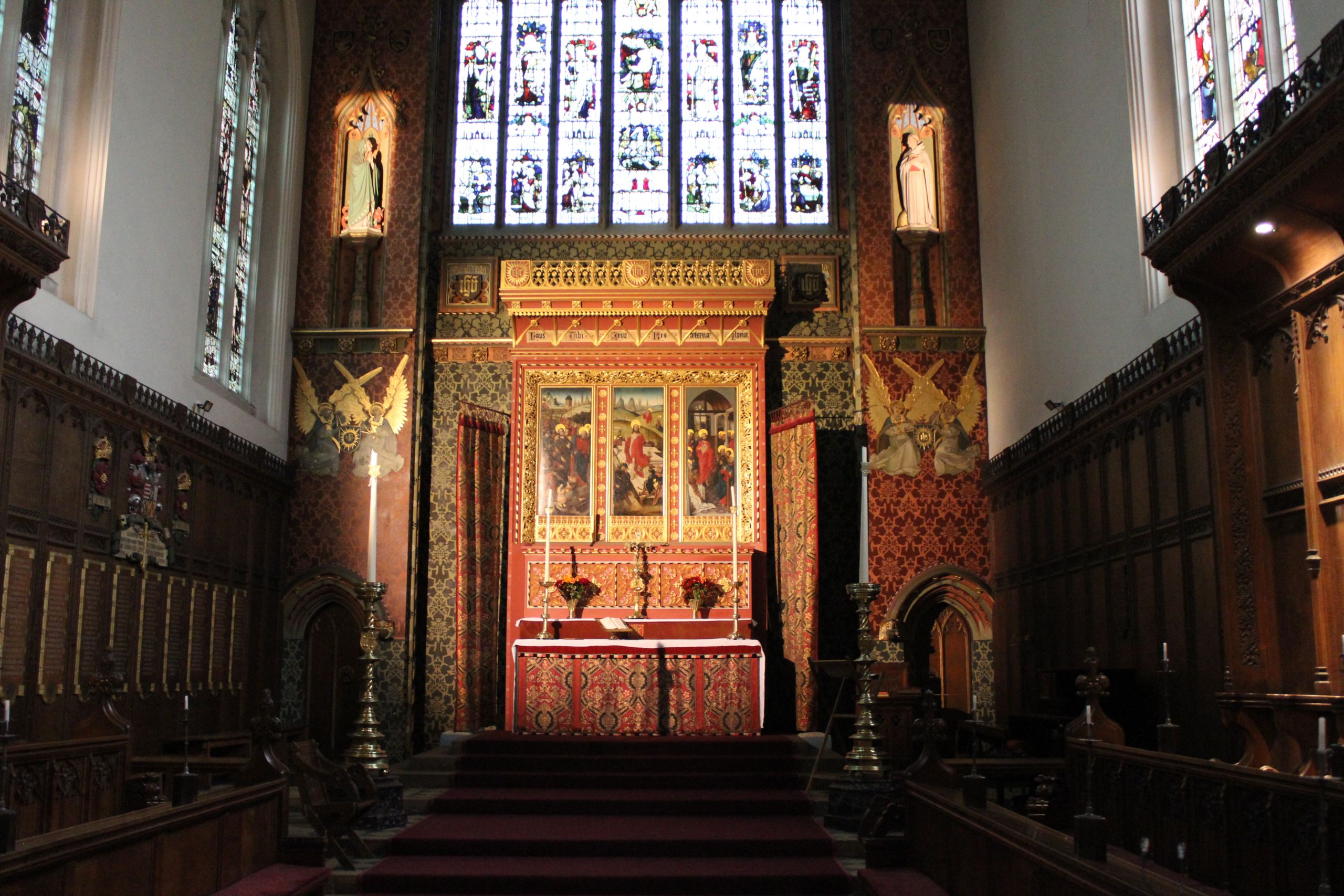Professor Brian S. Hartley

16th April 1926 – 3rd May 2021
Brian Hartley, former Group Leader in the LMB’s PNAC Division and later Professor of Biochemistry at Imperial College London, died on Monday 3rd May 2021. Brian made outstanding contributions to protein chemistry, with his invention of new analytical methods, and produced for the first time an understanding of the properties of proteolytic enzymes on a structural basis. He later helped create the area of comparative evolutionary studies, developing genetic models for the evolutionary history of enzyme families to produce ancestor trees.
Brian was born on 16th April 1926 in Rawtenstall, Lancashire. He was educated at Bacup and Rawtenstall Grammar School, and then Queens’ College, Cambridge. He graduated in organic chemistry in 1947. The next two years he spent doing military service in the Navy, and was stationed at the Fleet Air Arm Station, Malta, as a Meteorological Officer. In 1949, he joined the Biochemistry Department at the University of Leeds and was awarded his PhD on ‘The mechanism of action of chymotrypsin’ in 1952.
For postdoctoral studies, Brian returned to Cambridge, to Malcolm Dixon’s enzyme unit in the University’s Department of Biochemistry. Brian fell in love with protein chemistry, and decided he wanted to determine the complete amino acid sequence of chymotrypsin. It took 15 years to complete this.
With Fred Sanger in the department, Brian was able to learn the technique of end-group labelling with fluorodinitrobenzene from him. At this time, 1958, Fred’s group was considering an alliance with Max Perutz’s Medical Research Council Unit for the Study of the Molecular Structure of Biological Systems, to create a Laboratory of Molecular Biology. Brian had already been in contact with the MRC Unit, after discovering enormous crystals when doing ammonium sulphate precipitation of di-isopropylphosphoryl (DIP) -chymotrypsin. Max introduced Brian to David Blow, who had begun his work on determining the structure of chymotrypsin. This was the beginning of a lifelong collaboration between the two.
At about the same time, Brian took up a two-year Whitney Fellowship with Hans Neurath, in Seattle USA. Before leaving Cambridge, Fred had offered Brian a post in his group when he returned to England, and so in 1960 when he came back to Cambridge, Brian found himself spending his time liaising with the MRC Unit and in designing the LMB.
Now at the LMB, Brian became a Group Leader in the Protein Chemistry (later PNAC) Division. Brian continued his work on the sequence of proteins, making several major scientific contributions and inventing new methods in analytical protein chemistry. Brian published the complete sequence of chymotrypsinogen-A in 1964, a record at the time, as no protein of comparable size had yet been sequenced. Brian’s interest moved from enzyme function to comparative evolutionary studies, an area he helped create. He proceeded to develop genetic models to account for the evolutionary history of enzyme families and to produce ancestor trees.
Brian left the LMB in 1974, to become Head of Biochemistry at Imperial College London, developing it into a centre for molecular biology. His group continued to develop techniques for experimental enzyme evolution. In 1982, seeing the need to exploit breakthroughs in molecular biology, he set up the Imperial Centre for Biotechnology and became its first Director. He was a founding board member of Biogen, the genetic engineering company, and founded several other similar companies.
Brian was a Fellow of Trinity College from 1964. He was elected to EMBO in 1971, and in the same year became a Fellow of The Royal Society, ‘for his studies on the structure and mode of action of the proteolytic enzymes.’
